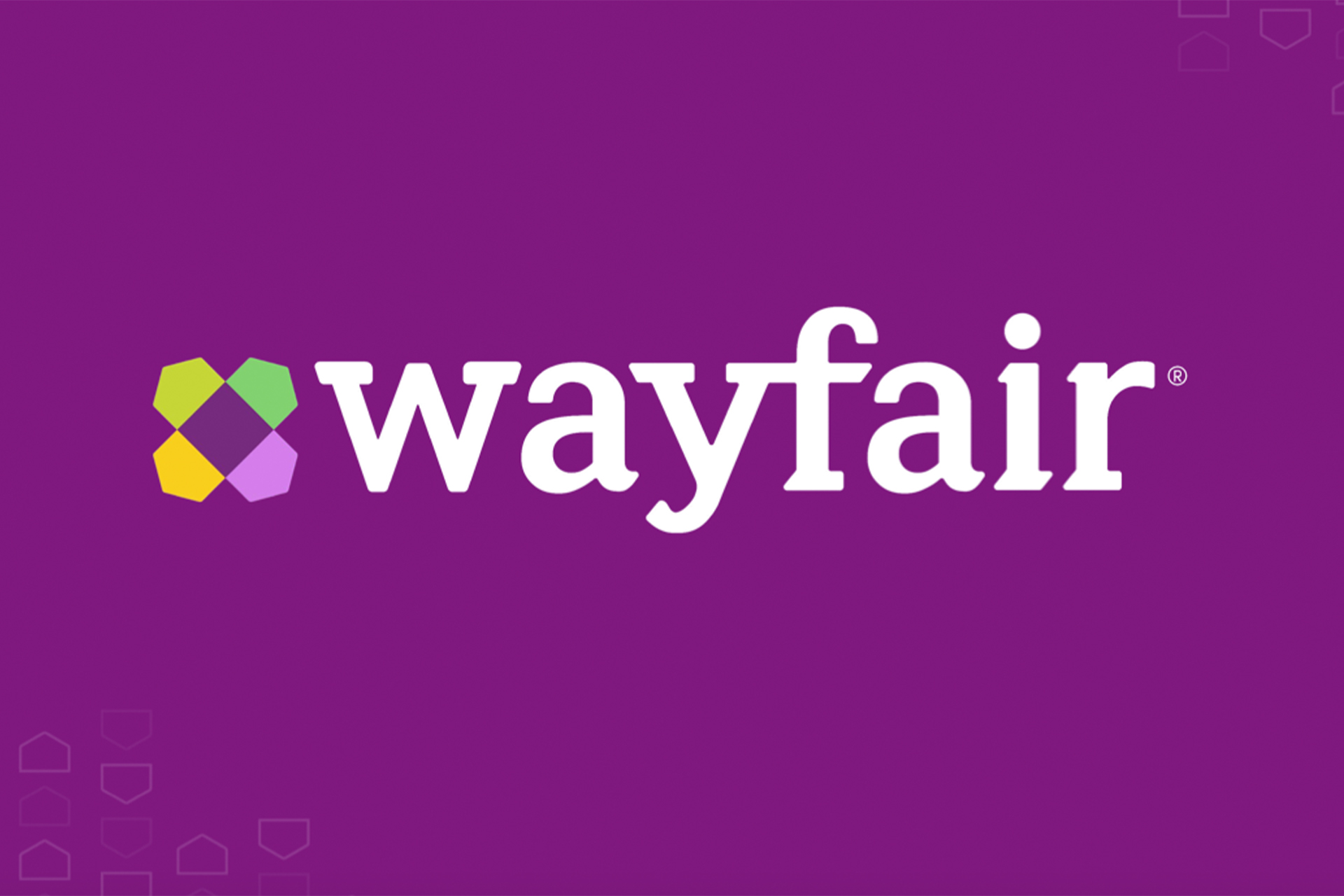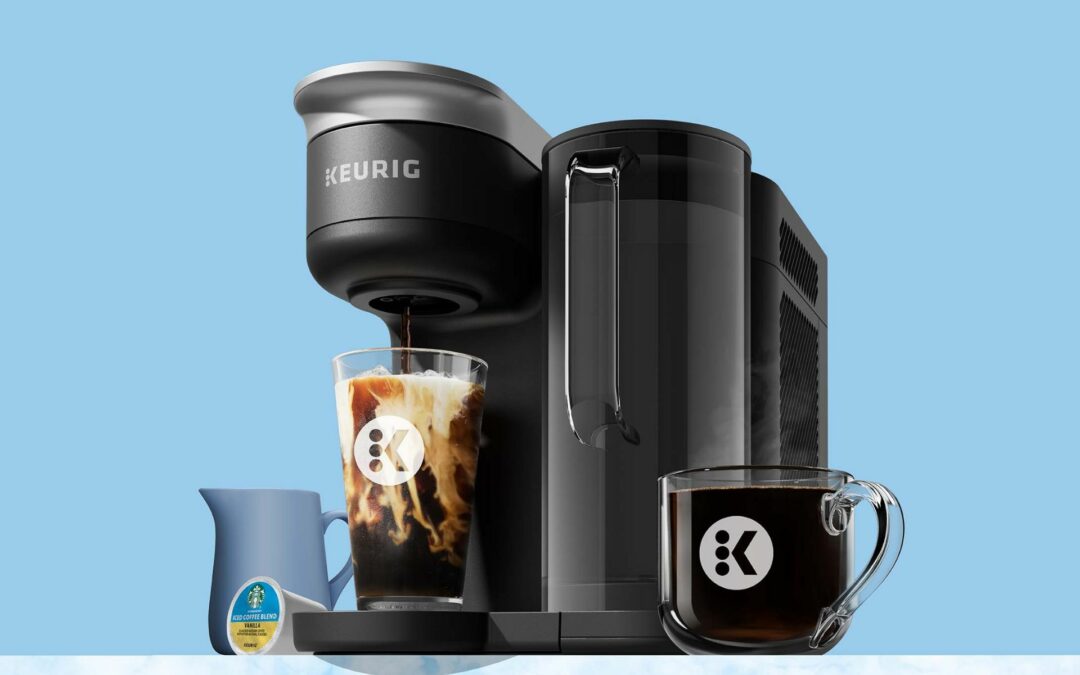After the company narrowly beat Wall Street estimates despite recording a loss, Wayfair CEO Niraj Shah detailed plans for a quick recovery of the company’s financial fortunes.
Adjusted for one-time events, net loss was $224 million, or $2.11 per diluted share, versus net income of $15 million, or 14 cents per diluted share, in the year-before quarter, the company reported.
On average, analysts polled by Yahoo Finance expected Wayfair to lose $2.15 per diluted share in the quarter and post revenue of $2.82 billion.
Net revenue was $2.84 billion versus $3.12 billion in the year-earlier quarter, Wayfair stated. Net revenue from operations in the United States was $2.44 billion versus $2.6 billion in the 2021 quarter as international revenue slipped to $400 million from $526 million.
In a conference call, Niraj Shah, Wayfair CEO, co-founder and co-chairman, noted that this summer was the 20th anniversary of Wayfair’s foundation and now the company has reached a scale where it can generate both profitability and growth. He insisted that the company is on its way to a “state of self-funding once more.”
He said Wayfair is acting to control factors within its power in the current economy based on “driving cost efficiency, nailing the basics and earning customer and supplier loyalty every day.”
As a first step to cost cutting, the company eliminated 900 corporate positions and simplified administrative structure. The company also made operational moves including improving return optimization.
“Altogether, we expect the actions we have taken so far to drive over $500 million in savings in our P&L,” Shah said, adding that the company’s goal for the year remains unchanged in “returning to adjusted EBITDA break-even quickly in 2023 before targeting positive free cash flow shortly thereafter. From there, we’ll drive toward a mid-single-digit adjusted EBITDA margin level that we will philosophically treat as a lower bound of profitability for the business. As we discussed last quarter, this threshold will allow us to cover other costs such as stock-based compensation as well as CapEx associated with logistics investment and capitalized software. As we look to the future, this foundation will enable us to not only drive continued investment into the big and bold ideas that we have planned for Wayfair’s next 20 years but also deliver profitability in a consistent manner.”
Nailing the basics means providing interesting products, providing a great site experience and delivering perfect orders that arrive fast, and Shah said that, over the past year, Wayfair had “significantly” improved assortment, availability and speed of delivery.
In the meantime, consumers have become deliberate in spending given current inflation levels, and Wayfair rivals are taking a more promotional approach to business, he said. Wayfair, in response, has developed a promotional calendar to peak consumer interest, one that already has included and concluded a second Way Day. Initiatives to drive shopper and supplier loyalty, Shah said, include upgrading customer service to better handle problems with deliveries and encouraging vendors to take advantage of its CastleGate logistics system.
In announcing the financial results, Shah said Wayfair continues working to ”control the controllables” and orient the operation in today’s economic environment.
“We are all focused on taking the steps needed to reach adjusted EBITDA profitability and cash flow neutrality in short order,” he said. “We have direct visibility to over half a billion dollars of savings, with work well underway to deliver this target in 2023. However, we are not stopping there and have identified meaningful incremental efficiency opportunities, which we are also actioning as we speak. Our execution against these initiatives is thoughtful and deliberate to ensure that we make progress toward our profitability targets without compromising the long-term growth potential in front of us.”
Adjusted EBITDA came in at a loss of $124 million in the third quarter versus a positive $101 million in the year-past period.





